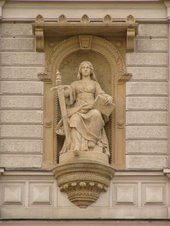
I have listened a podcast "Debating the Teen Brain". It wasn't difficuilt to understand, but I have listened twice. I have read a text after lestening, because I wanted to see spelling of unknown words. There was some new words for me: prefrontal, cortex, equip and some other. I enjoyed lestening because there was some new information. As I said in previuos post it is very useful that we can listen online, because we can prepare for our english exam.





